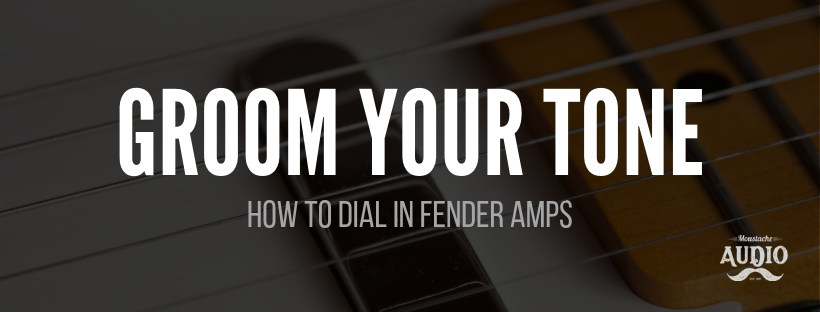

And, if you’re using a small amp to record, it’s easier to get a good capture of a dirty guitar tone because you don’t have to worry about clipping the input the way you would if you were tracking with a JCM800 on top of a 4×12. Or, if you’re like me, you’ll enjoy turning the volume all the way up for an explosive, nasty, fuzzed-out tone.

With a small amp, you can find the sweet spot on the volume knob with much greater ease, and you can get that rich, sweet tube saturation with plenty of touch-sensitivity at reasonable volume levels. Now, there is certainly a time and place for that (remember, I’m a half-stack guy), but sometimes you want to play guitar without having to put in earplugs or check to make sure the structural foundation of your house is sound after playing an E chord. Most amps with higher wattage have more headroom, so you really have to crank it if you want that organic distorted sound. Ideally, you want your amplifier to sit in the “sweet spot” on the volume knob: the point where you get a sweet, open tone when you play softly and a crunchier, more compressed sound with natural power tube overdrive when you dig in. If you play a big chord with Pete Townsend-style right-hand technique, then play the same chord softly with your thumb, there will be a considerable difference in volume. Before you reach that point of compression on the volume dial, the amp sounds more open, and it has a bit more range. It also boosts the volume of harmonic overtones, which adds fullness and depth to chords and single notes.īut, to get that crunch, you have to trade some dynamic range, as compression evens out the peaks and valleys of sound waves, keeping your volume at a more consistent level. Once you go past this point, the amplifier’s power section begins to compress the signal, which produces the distortion that forms the backbone of rock and roll. Every guitar amplifier reaches a point on the volume dial where it stops getting louder. To understand the appeal of a low-wattage amp, you have to understand headroom.
#Best fender amp for home use how to#
But first, let’s have a quick primer on how to get the most out of a small amp to maximize your tube-driven enjoyment. So, we thought it would be fun to give all you wonderful Wildwoodians a guided tour of some of our favorite low-wattage Fender amps so you can find one that speaks to you. Ever since they released the Champion 800 in 1948, their fun-sized rock and roll machines have helped countless players capture the tone in their head on dozens of classic recordings. No company knows the power of a small amp better than Fender. And, since most venues prefer to mic up amps and let the PA system do the heavy lifting, you might even find that they work well live! Though big, beefy amps will always be awesome, small amps provide a different but equally-inspiring sonic flavor that can push players to reach new creative heights. But, small amps don’t just appeal to me because they’re practical: they’re also extraordinarily useful as creative tools and secret weapons for recording. As a bonus, I can still get killer tone without receiving any death glares when I step out to get the mail. Honestly, I’ve come to love it just as much as my gig rig. I normally play through a 100-watt half-stack, but, in the interest of maintaining friendly relations with my neighbors, I’ve switched to a five-watt combo for the time being.


Like many musicians who are in isolation because of the coronavirus, I’ve been playing guitar more than ever, but I’ve had to adapt my rig to my circumstances.


 0 kommentar(er)
0 kommentar(er)
